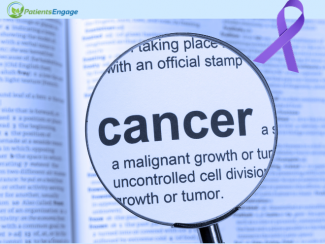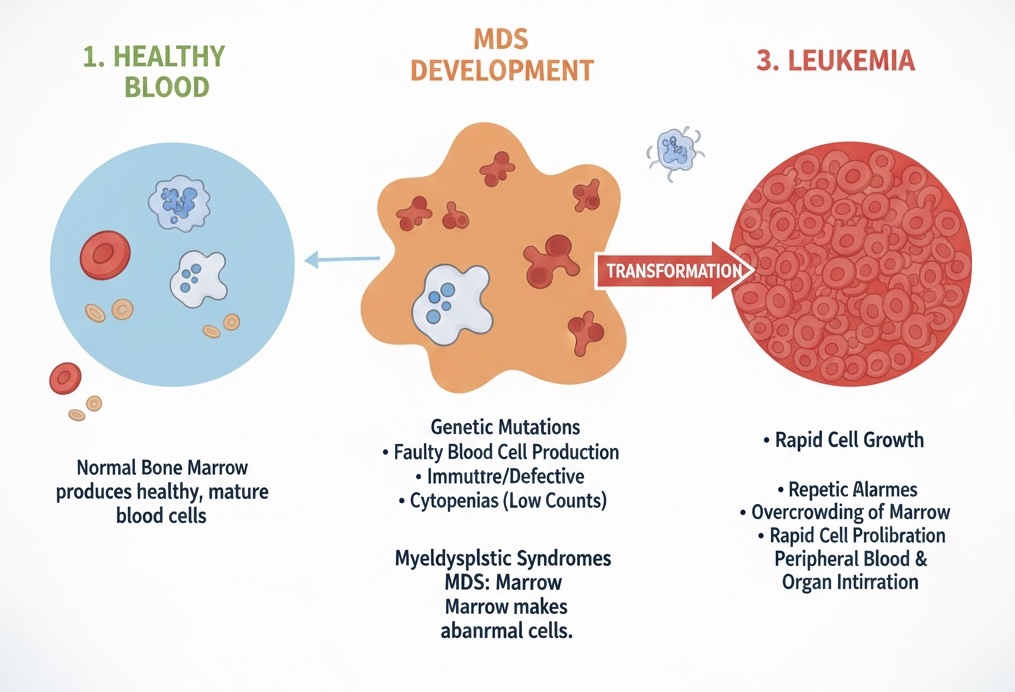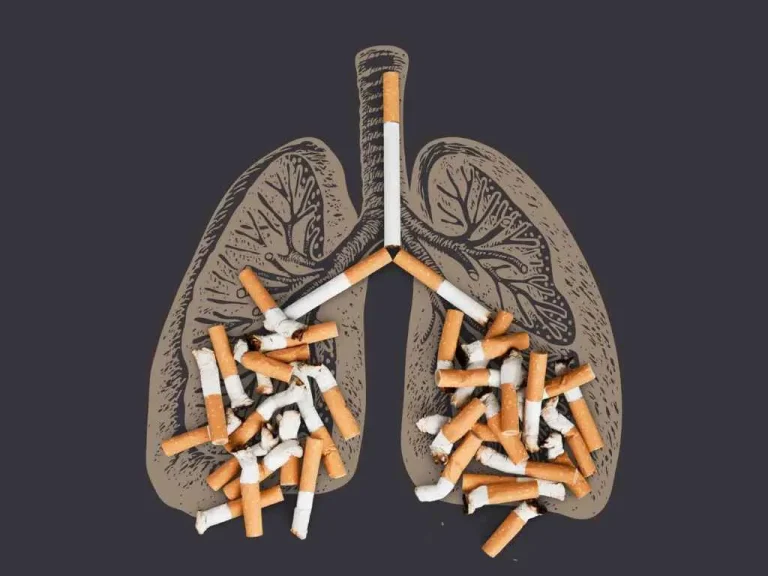
Chemotherapy has saved millions of lives, shrinking tumors, stopping cancer cells from multiplying, and giving patients a second chance at health. Yet, behind this powerful treatment stands a controversial question that often makes headlines: Can the very drugs that cure cancer also cause it?
While chemotherapy does not usually create cancer in healthy people, some treatments can slightly increase the long-term risk of a second, different cancer in patients who already underwent therapy. This is not a simple good-vs-bad story; it’s a medical puzzle where lifesaving treatments may leave a lasting footprint on the body.
How Cancer Therapy Can Cause a Second Cancer
Cancer cells grow dangerously fast, and chemotherapy is designed to destroy any cell with that same aggressive behavior. The catch? Some healthy cells also divide quickly, such as those in the blood and bone marrow. When they are damaged during treatment, they can—very rarely—mutate later in life.
Here’s what modern research reveals:
1. DNA Damage From Strong Chemotherapy Drugs
Certain chemotherapy drugs (especially those known as alkylating agents) attack cancer by breaking DNA inside cells. This helps eliminate tumors, but if some healthy cells don’t repair correctly, they may mutate over time. In very rare cases, this mutation can lead to leukemia years after treatment.
2. Immune System Exhaustion
Chemotherapy temporarily weakens immunity, which normally destroys abnormal cells before they become a threat. If the immune system doesn’t fully bounce back or misses rogue cells, those mutated blood cells might survive longer than they should.
3. Radiation + Chemotherapy: A Double Impact
Patients who receive both radiation and chemotherapy have a slightly higher risk of developing second cancers. Radiation can leave a “scar” in the DNA, and the combination with certain chemotherapy drugs increases the chance of mutations.
What Types of Second Cancers Are Linked to Treatment?

Although the risk is very small, the most commonly reported treatment-related cancers include:
- Leukemia, especially acute myeloid leukemia (AML).
- Myelodysplastic syndrome (MDS), a bone marrow disorder that can transform into cancer.
These cases usually appear 5 to 10 years after treatment, and remain rare compared to the number of lives cancer therapy saves.
Can These Risks Be Prevented? Modern Science Says Yes
New cancer therapies are continually reducing this risk. Today’s oncologists focus on striking a balance: enough treatment to destroy cancer, but not enough to harm healthy tissues.
Here’s how science is lowering risk:
✓ Smarter Targeted Therapies
These drugs attack cancer cells based on their unique “signature,” sparing most healthy cells. That means fewer mutations and fewer long-term side effects.
✓ Reduced and Personalized Dosing
Instead of blanket treatment plans, doctors now tailor doses based on genetics, age, tumor type, and tolerance. Precision medicine means less collateral damage.
✓ Immunotherapy “Teaches” the Body to Fight
Rather than destroying fast-growing cells, newer therapies boost the immune system, making it skilled at recognizing and eliminating cancer on its own.
✓ Regular Long-Term Monitoring
Survivors are encouraged to get regular blood tests and follow-ups. Early detection of abnormalities prevents most second cancers from progressing.
So, Should We Fear Chemotherapy?
Cancer treatment is evolving rapidly. While older treatments carried more risk, today’s therapies are safer, smarter, and more targeted than ever before. Instead of fearing chemotherapy, the real power lies in understanding it. With the right balance of science, monitoring, and personalized medicine, the goal isn’t only to cure cancer — it’s to ensure patients stay healthy for life.
Final Takeaway
Chemotherapy is not “the main cause of cancer.” It remains one of the strongest weapons in modern medicine, with a very small long-term risk that researchers are continually working to minimize. For most patients, the benefits far outweigh the risks — and science is moving toward treatments that cure cancer without ever creating a new one


